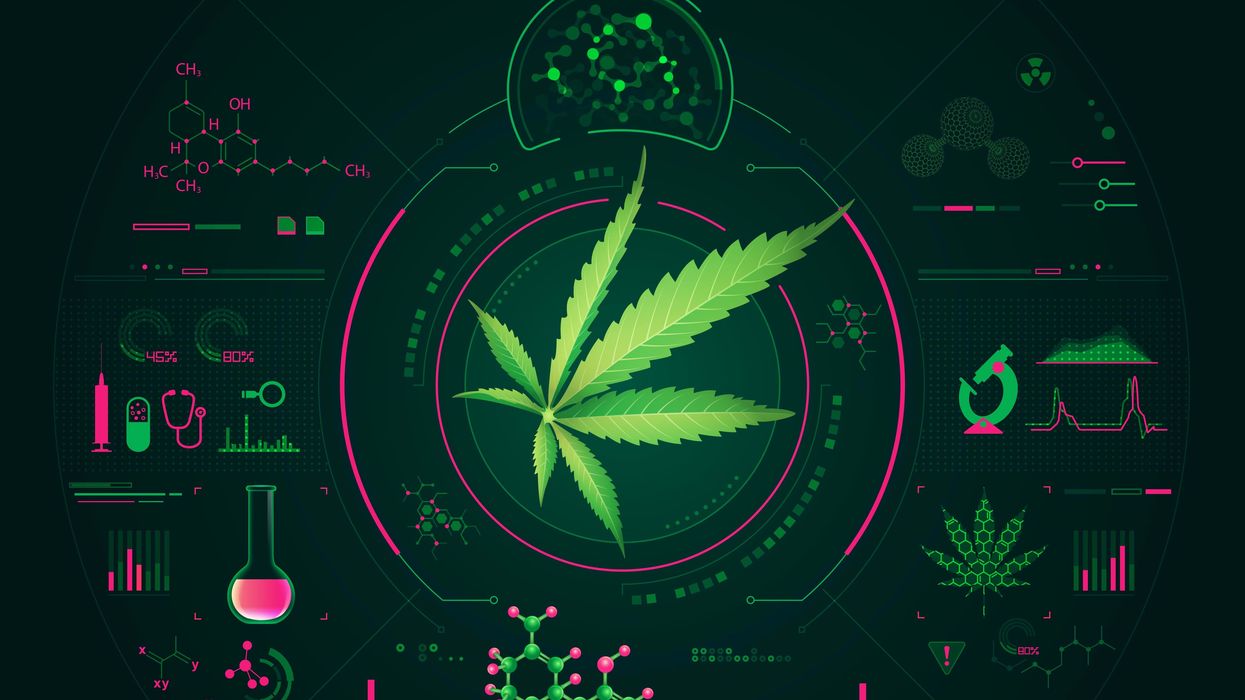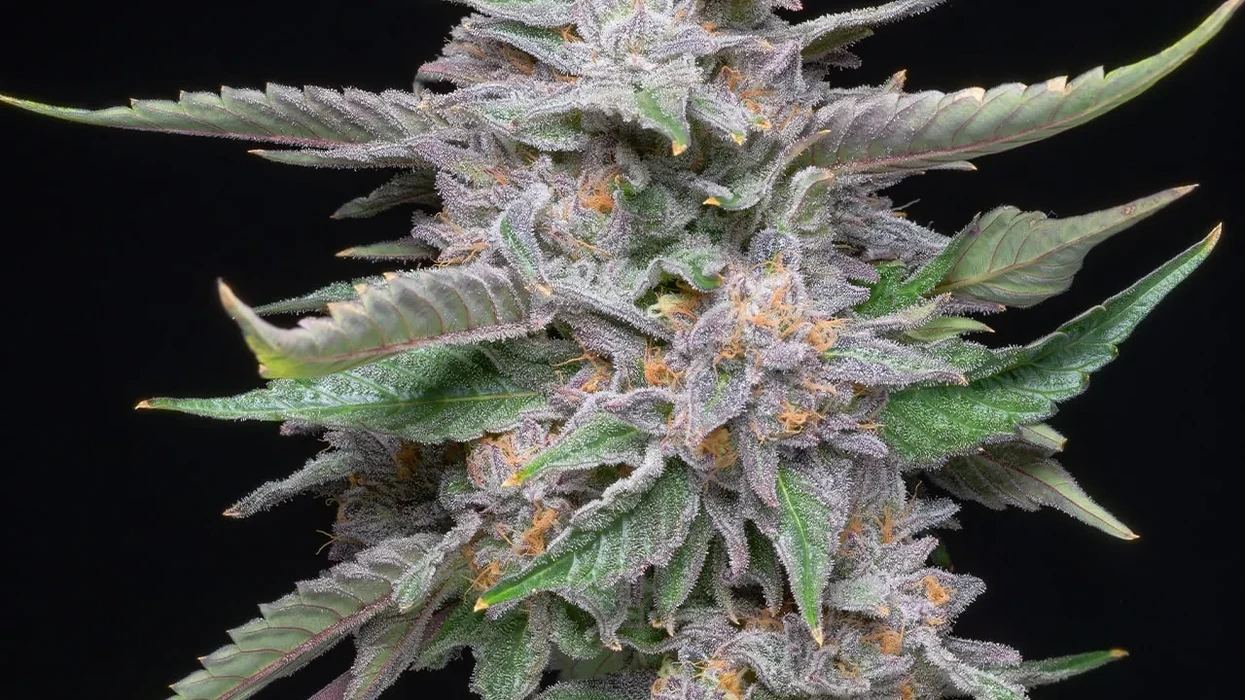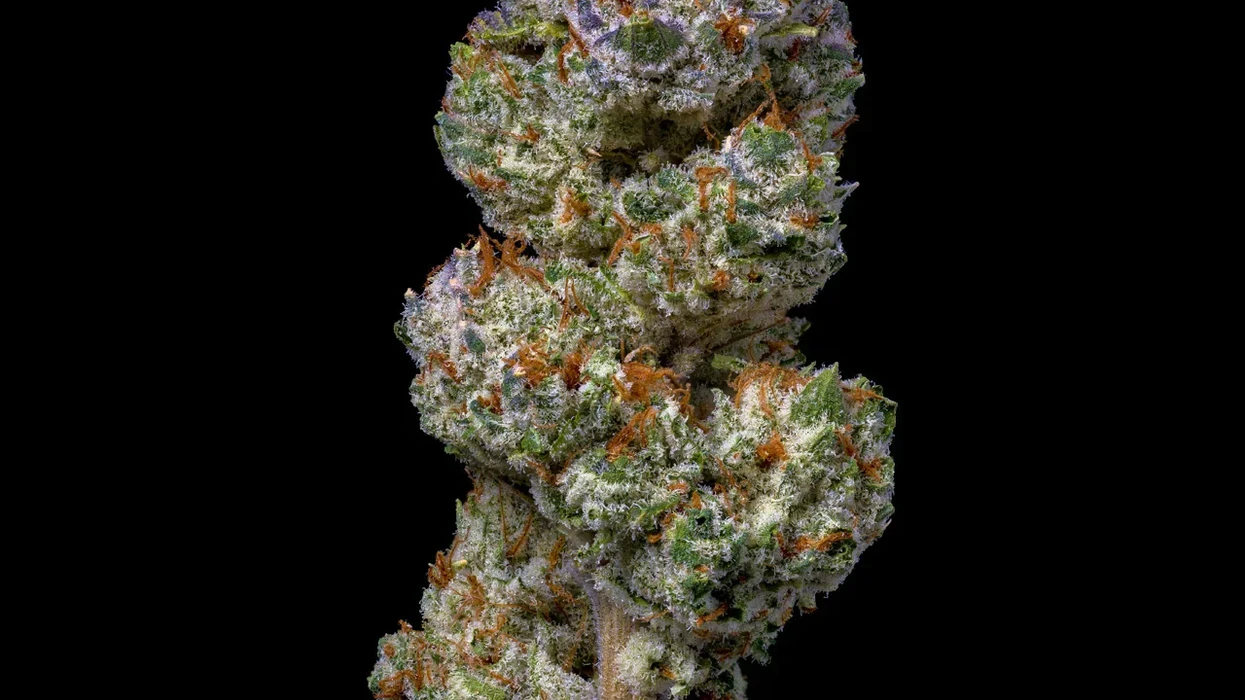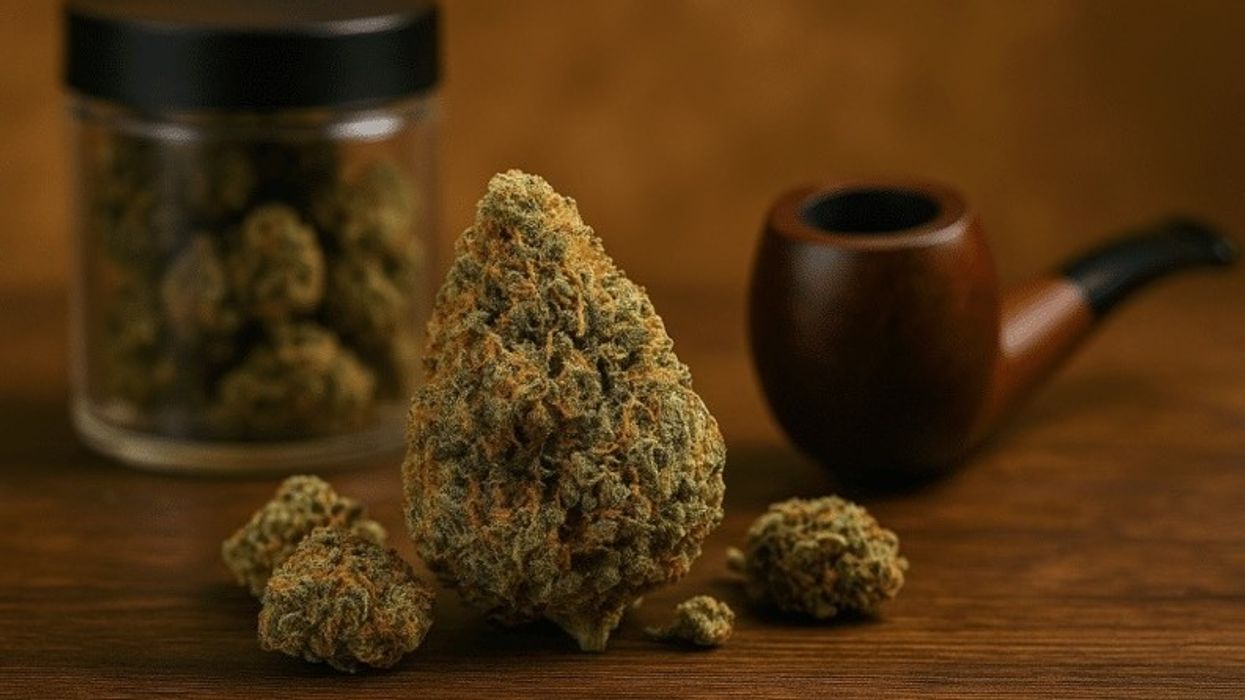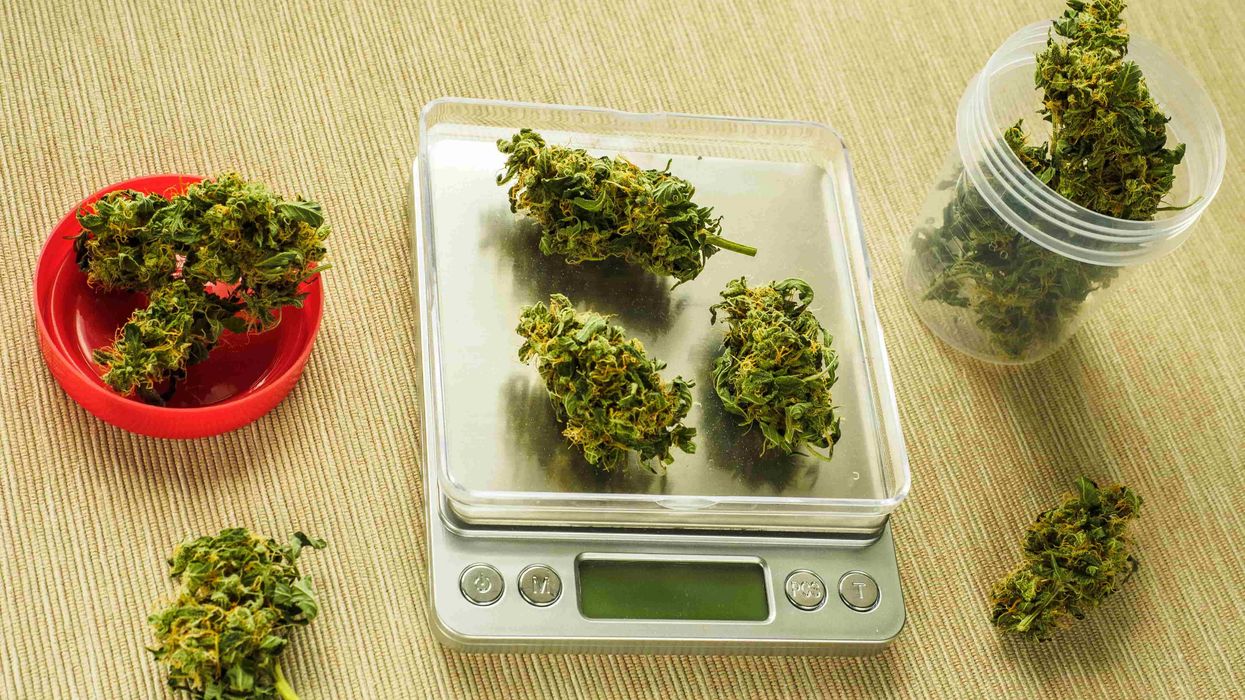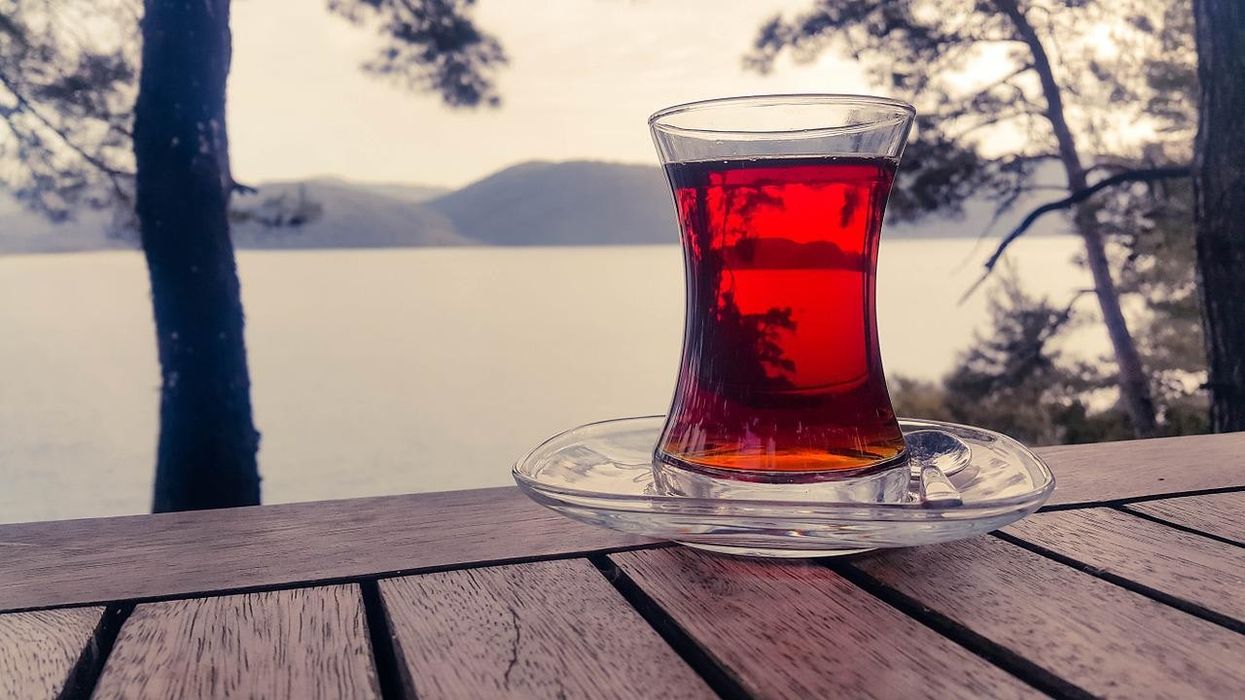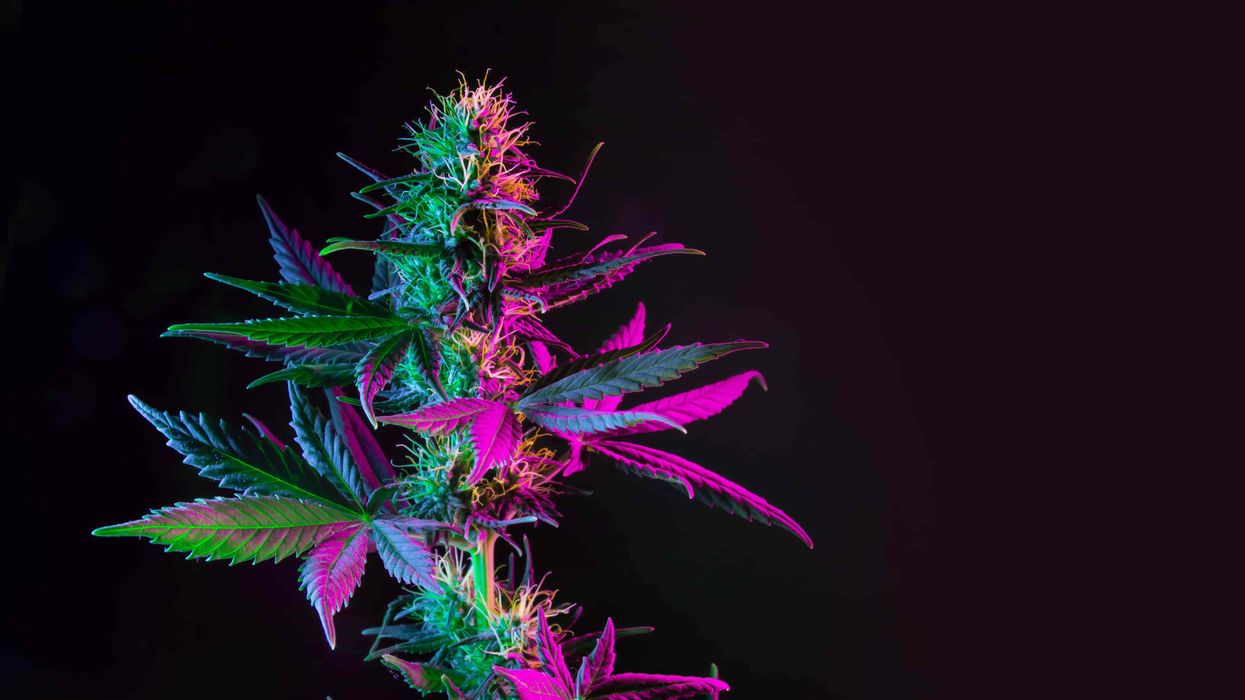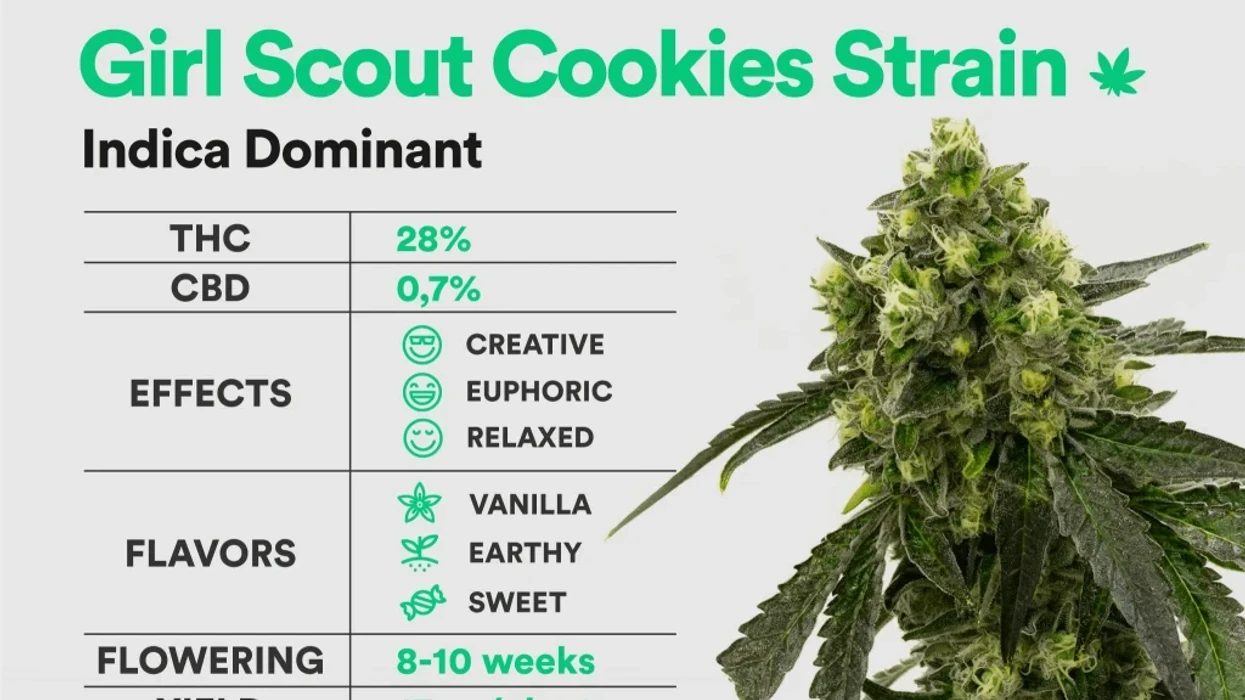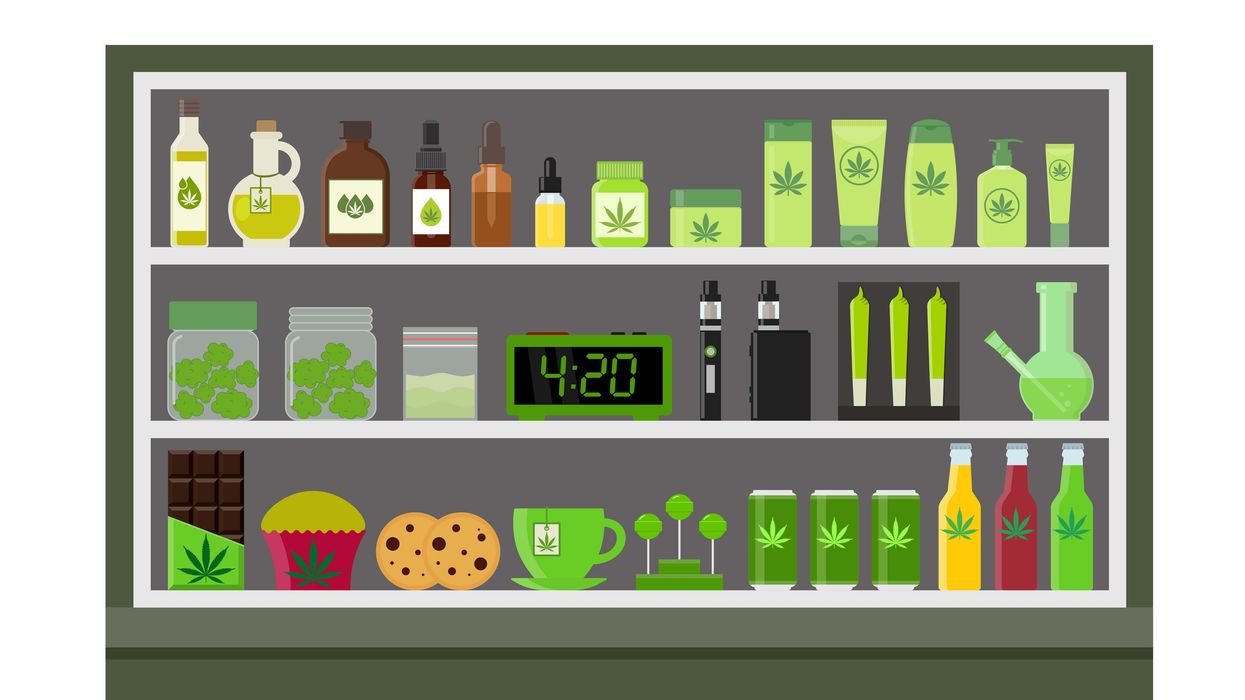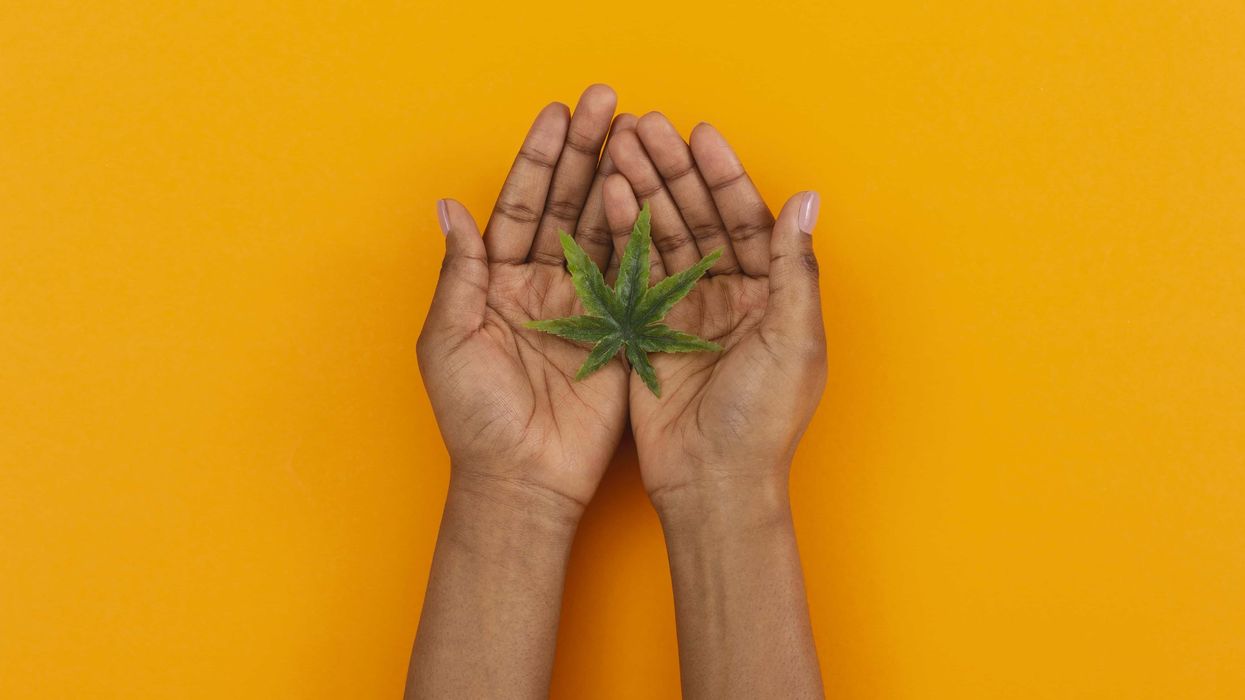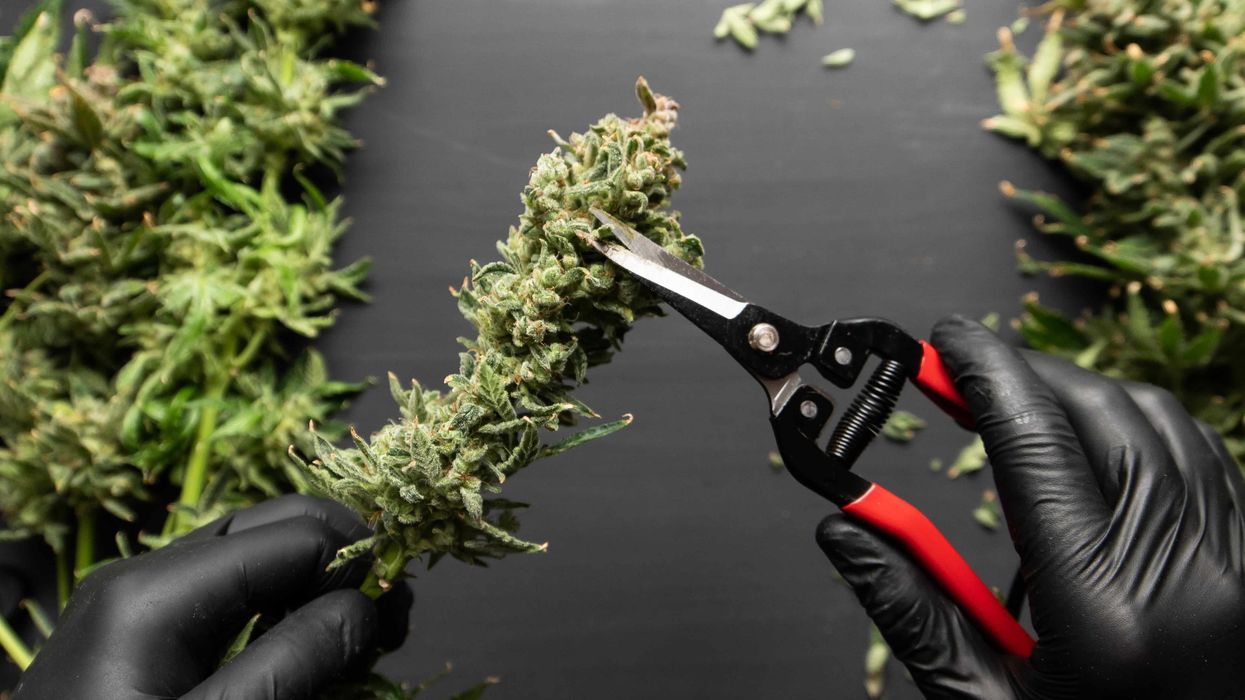Explaining what the fuck cannabis emulsion is starts with ... edibles.
With cannabis edibles, one of the biggest critiques is dosing and onset time, not to mention junk ingredients like sugar.
Waiting for that edible to do its thing, sometimes as long as two hours or more, is impractical. People require faster relief – and an easier way to measure and gauge their doses effectively.
"Ah shit it's not working, better take more," is a common mistake people make with cannabis edibles. They take another dose or two, and when everything hits all at once, they feel quite miserable. Some people feel so shitty, they call an ambulance or poison control.
Cannabis nanoemulsion is a wonderful remedy to all this. Imagine a liquid solution (at 1mg of THC per drop, for example) that you put into your food or beverages, or straight onto your tongue. This solution allows for quicker onset time and a more uniform and reliable distribution of the active ingredients (cannabinoids and terpenes) into your experience.
That is cannabis nanoemulsion in a nutshell. But WTF is it?
WTF is: Nanoemulsion?
Like many things in the realm of cannabis chemistry, nanoemulsion sounds complicated, but there are a few key reasons why it's a great (plus more affordable and safer) way to consume weed.
To understand how nanoemulsion works, you first have to understand how cannabis and its compounds work with our bodies in the first place.
Firstly, cannabinoids like CBD or THC are fat-soluble, which is particularly important to remember if you’re ingesting weed.
Most edibles are prepared by combining cannabis with oil or butter and cooking it. The heat activates the THC molecules, which then combine with the fat particles in the butter/oil so that your liver can actually metabolize the THC.
Nanoemulsion is beginning to challenge that norm, offering higher levels of potency and quicker onset time at lower doses, without the need for butter or oil.
How is Nanoemulsion Revolutionizing Cannabis Consumption?
Most cannabis consumers have had at least one terrifying experience after overdoing it with an edible. In fact, cannabis edibles are notorious for their oftentimes unpredictable nature, and many brands in today’s market are working to make edible consumption as safe and practical as possible. This is where nanoemulsion really shines.
With nanoemulsion, the cannabinoids are incorporated into oil-in-water emulsions rather than pure oil. However, this format has a stronger bioavailability because of the huge surface-to-volume advantage. Size matters!
One potential drawback with nanoemulsions – as with any cannabis product – are the potential quality control issues that arise when manufacturers don't know what they're doing. This is especially an issue in the CBD space, which is lacking regulatory oversight.
Also, nanoemulsions are the most advanced nanoparticle system the scientific community is aware of, and they’re difficult to conceive, although Dispersa Labs out of California has already developed a nanoemulsion product, which they intend to white-label.
One potential downside is the bitter taste of nanoemulsions. Hey it is a plant extract after all. However, nanoemulsions can be flavored, added to beverages to cover up flavor, or include bitterness blockers.
The Benefits of Nanoemulsion Technology
As more brands catch on to the sustainable beauty of nanoemulsion products, more people will have the opportunity to experience the benefits.
Here are some of the recognized benefits of consuming edibles made via nanoemulsion:
- A whole new line of edible products for consumers to choose from. In an oversaturated market, it’s increasingly difficult for brands and dispensaries to stand out amongst the herd. However, nanoemulsion technology will allow for an entirely new edible category, and serve a very specific type of consumer. Think oral sprays, drops, liquids, and creams.
Nanoemulsion edibles won’t be for everyone. But for consumers looking to experience a quicker onset time and more consistent results, nanoemulsion is an excellent answer.
- Can be added to conventional foods and beverages. This is a huge advantage for folks that don't want to mess with the vast selection of edibles, etc. Why bother when you can simply add a few drops of a nanoemulsion to your favorite drink or food?
- A quicker onset time for consumers. Nanoemulsion technology allows for cannabis’s compounds to be felt and experienced much quicker than we’re used to with edibles.
This will prevent a lot of the oh-shit-you-ate-the-whole-candy-bar horror stories often associated with cannabis edibles.
- More control over the experience. Nanoemulsion also results in a more consistent and stable release of cannabis compounds into the system, which will create a lot more credibility and reliability in cannabis’s fast-growing product category.
A more reliable (and therefore less terrifying) edible experience may attract new consumers who were previously too scared to indulge, which will have an overall positive and destigmatizing effect on the community and industry.
Need a little more Bluntness in your life? Subscribe for our newsletter to stay in the loop.
